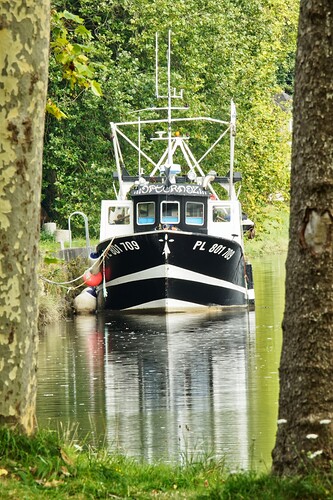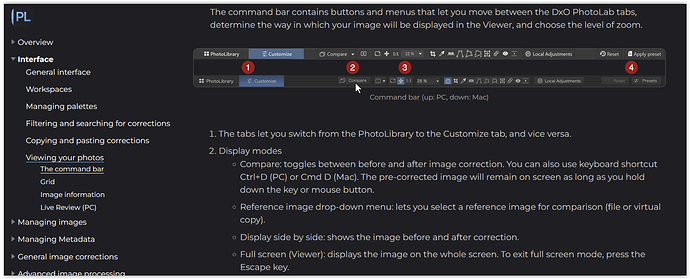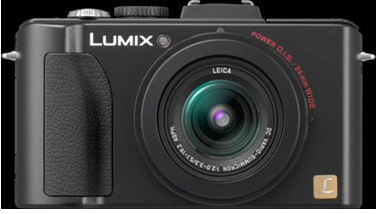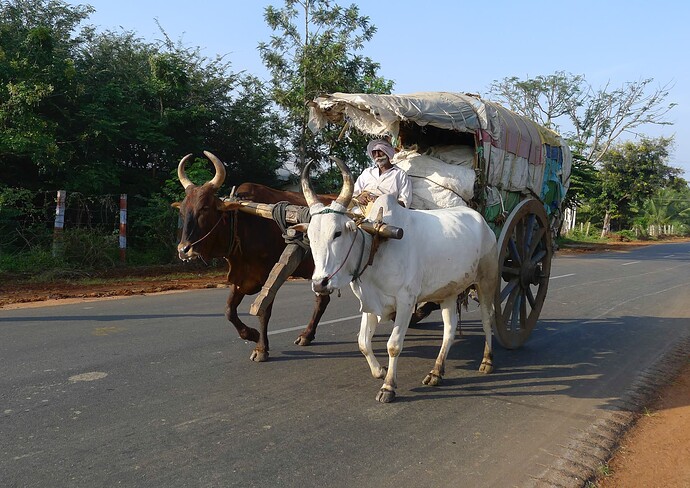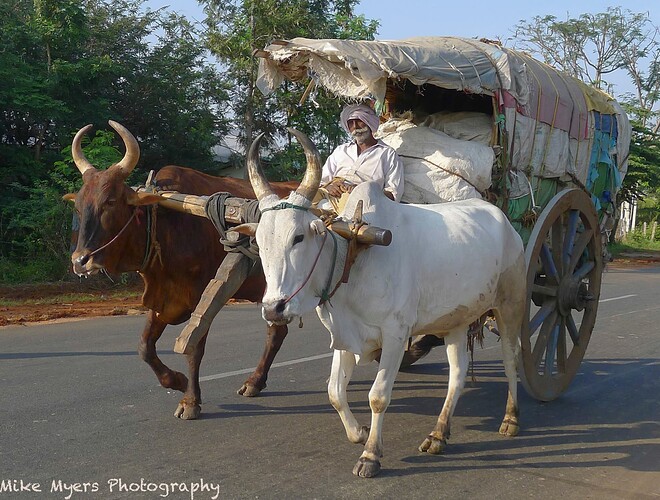And you could be right but… there is always the questions of the best lens for the job in hand.
If I had all the time in the world and a Sherpa to carry my back pack full of prime lenses then why not?
But, like you, I am getting older and can no longer carry a 15kg backpack with all the gear I might just need, maybe. So I have a few prime lenses, mainly for studio work and the occasional field trip when I know which focal length I will need in advance.
Apart from those times, I have my beautiful, flexible, friend, which, once the files have been passed through DxO’s lens corrections, are very difficult to tell apart from prime lenses.
Here is the blurb on the Nikon site bout AF-P lenses…
AF-P Lenses
The newer AF-P lenses let you set certain settings from the camera’s menu system, such as VR (Vibration Reduction) and the AF/MF mode. Older lenses have switches on the lens barrel for turning VR on and off, as well as switching between manual focus mode and AF mode.
Because the focus mode and VR are set using the camera menus, not every Nikon DSLR is compatible with AF-P lenses, and those that are may need to have their firmware updated so they’ll show the correct menu items.
So, what I get from the “latest and greatest” is the ability/necessity to go footling around in the menus just to change VR or AF mode. And you’re saying that that is an improvement over having a couple of easy to access switches on the lens?
Who’s talking about reverting? The 28-300mm was introduced in late 2010. Compare that with the age of my fixed focal lenses…
| Lens | Launch Date |
|---|---|
| AF-S Nikkor 20mm 1:1.8 G ED | 2014 |
| AF-S Nikkor 35mm 1:1.8 G | 2014 |
| AF Nikkor 50mm 1:1.8 D | 2002 |
| AF Nikkor 85mm 1:1.4 D | 1995 |
| AF Micro Nikkor 105mm 1:2.8 D | 1990 |
If some of those older lenses are still producing stunning results, I don’t see why I would need to replace them, or the 28-300mm, unless the glass has suddenly wearing out.
I just checked and the 70-300mm lenses weigh around 500g but without a silent wave motor and around 750g with the SW motor, which is similar to the 28-300mm.
What new technology?
That’s fine and, as you can see from my kit list, it isn’t the only lens in my bag. I suppose the difference between us I don’t want to carry around a bag full of lenses that do almost the same job and which I might have to change in the field, risking dust on the sensor.
Most of the time, the only two lenses I use “in the field” are the 28-300mm and the 20mm - the rest hardly ever get used apart from in the studio.
Until the time it does matter. You used to say that you preferred the Leica over the Nikon because you felt the Nikon took away the control you had with the Leica. Now you are saying that you don’t really care about losing that control ![]()
And it shows when you end up getting the wrong perspective, the wrong DoF and/or having to crop heavily in post, etc. I usually only ever have one lens, on the camera, and am able to grab anything from distant to wide angle to almost macro subjects with total control over perspective, DoF and framing, all at the point of taking the shot.
I am always certain that I have the right focal length for everything I come across, unless it is too far away for the 300mm, but with a 45Mpx image, cropping doesn’t have anywhere near the dire consequences as cropping a 24Mpx image.
Yes, you might get the odd serendipitous picture where everything works straight out of the camera but, if you are serious about wanting to leave journalism behind you and produce “art”, believe me, it needs a lot more planning.
Talking of which, I look forwards to your carefully planned shots of the Art Deco district.
So, how do you get that small distant subject without having to crop ¾ of the image, thus reducing the quality of the finished result? The answer is that you don’t.
Don’t forget @Prem’s advice on improving the framing.
Whoa! That was based on best guess of the distances involved. You really need to do some measuring on site and use something like TrueDOF-Pro to calculate the real numbers.
With everything else you have in the frame, as well as foreground, the subject is definitely not the water. In fact, I would regard the water as background. Once again, you are trying to include far too much in the image for what what you consider to be the principal subject.
The subject you have chosen really falls into the category of a “landscape”, where the whole image is the subject and you need to direct the viewer around, using compositional devices. Or, at least, that is how we make LF landscape images.
Or you can try reducing the DoF carefully to soften the trees as well as the rocks. Here is an image I made where I used the trees as a “frame”…
